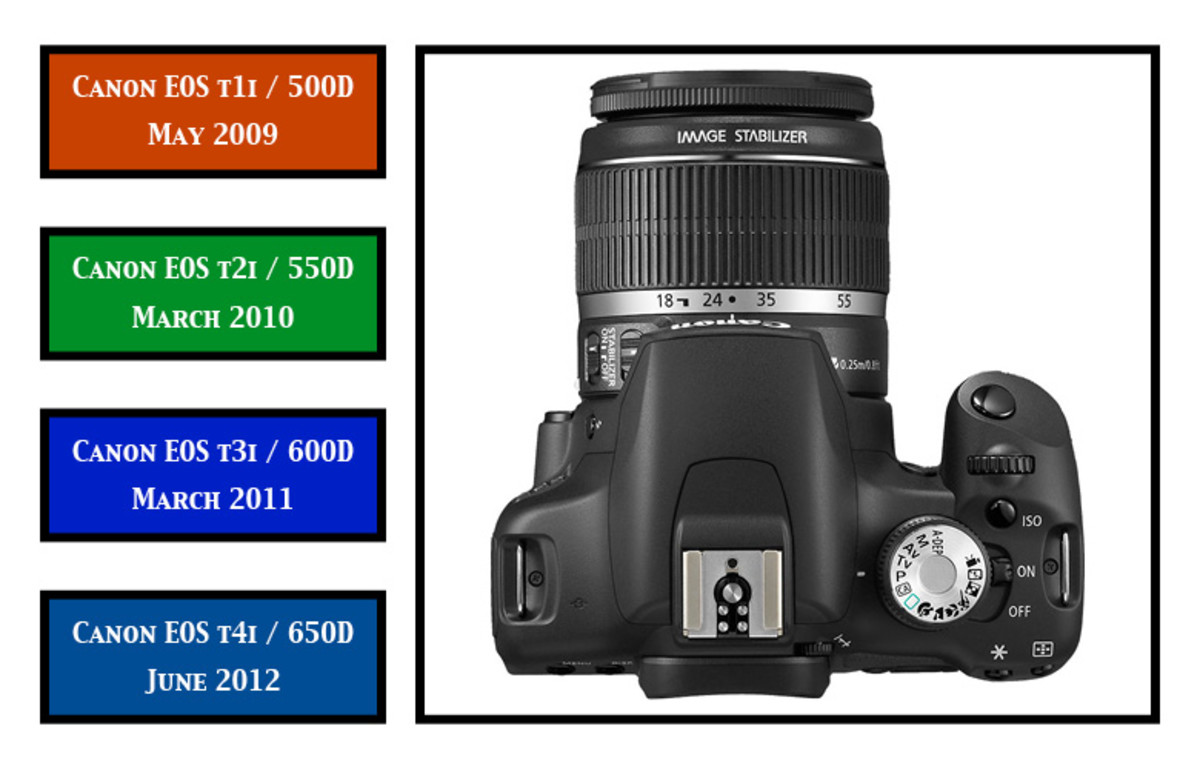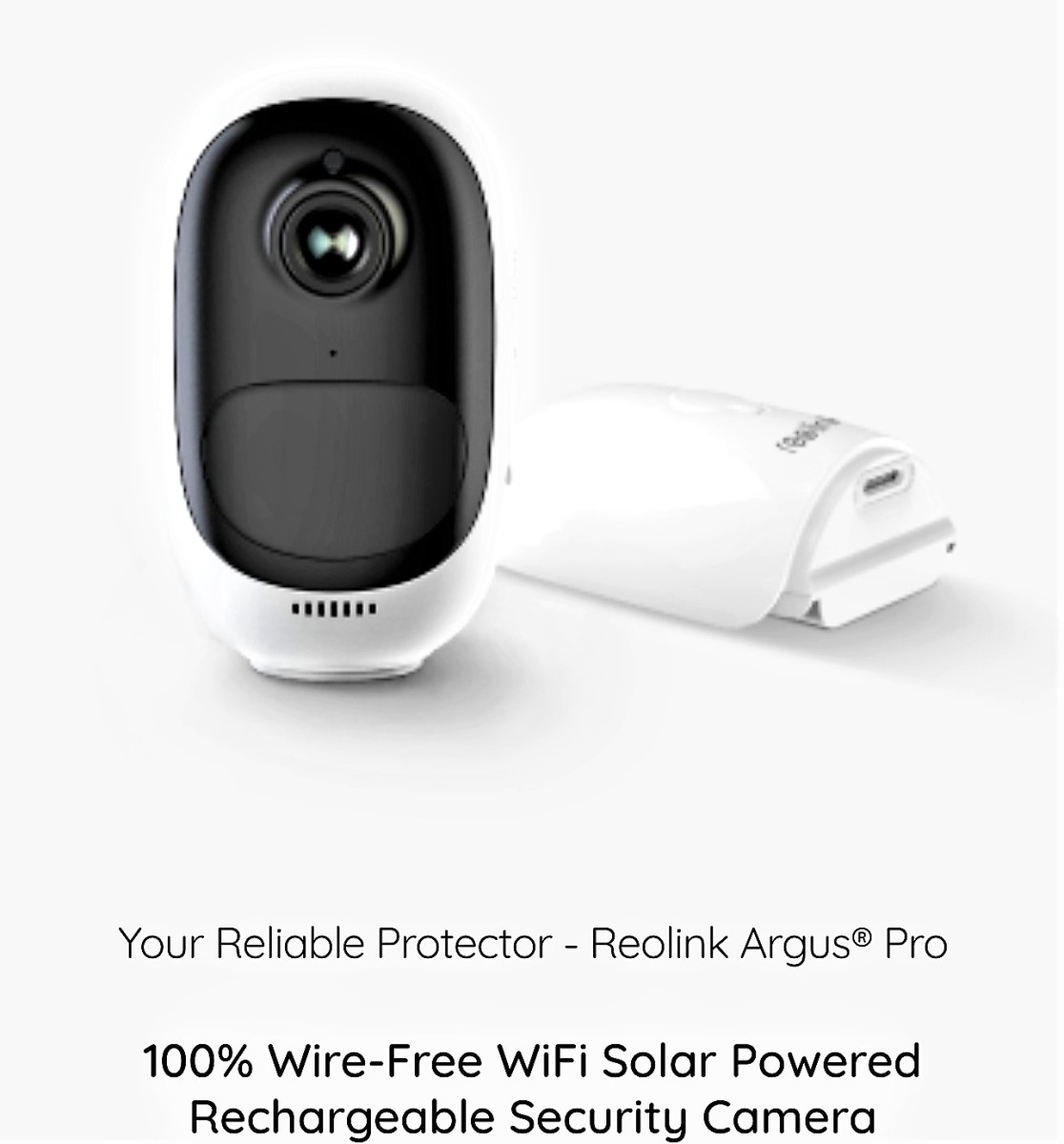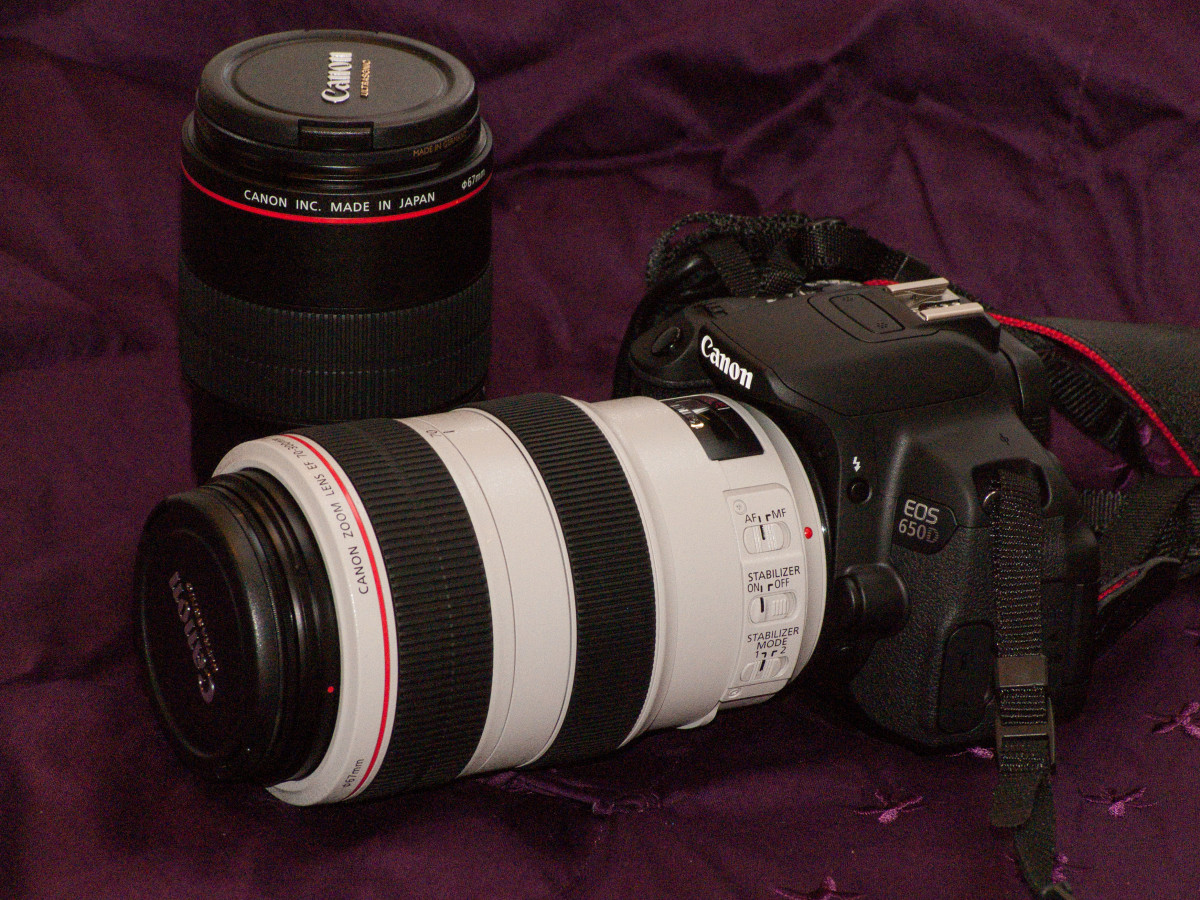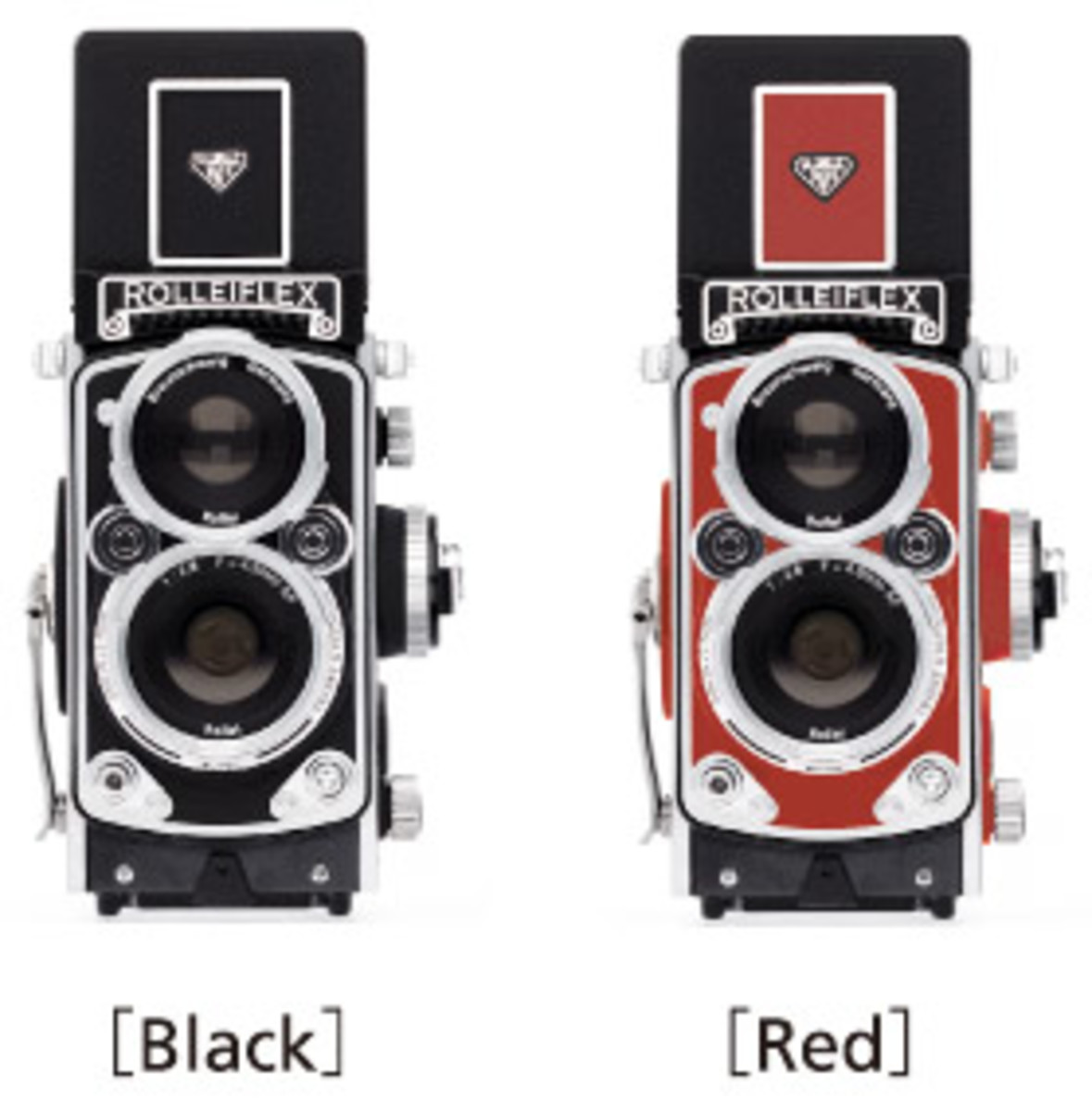- HubPages»
- Technology»
- Consumer Electronics & Personal Gadgets»
- Portable Electronics»
- Digital Cameras
What is a dSLR? Digital Single Lens Reflex Cameras
Digital SLR cameras capture many details

One popular Canon dSLR camera
Which dSLR camera should you buy?
What digital camera would I recommend? Since this article is for information rather than promoting a camera make, I won't push one camera brand over another.
If you're just now getting into digital SLR (single lens reflex) photography, I'd recommend assessing what you already know, the type of learning curve you're willing to tackle, and the budget you have in mind. You'll also want to consider how you will use the camera - if it's for fun and family photos, adjust your budget to fit those goals (unless you have an endless bank account). If you want to become a professional photographer, aim for the best equipment you can afford that also offers the features you want.
Years ago, I had a manual Minolta SLR (single lens reflex), which I loved. I learned quite a bit on that camera; it was barebones and had no real features, so I had to learn about f-stops and all the other settings. I had maybe two lenses, but I enjoyed the camera tremendously.
But during the next few years, cameras manufacturers began adding so many features that the photographer didn’t need to think. Or learn. You just picked up the camera, pointed it, and it did all the thinking for you. After using smart cameras for a while, I realized that much of the fun had gone out of photography for me. I could no longer learn from it, and there wasn’t a much artistic opportunity. Although I liked the convenience of the bells and whistles, I missed fiddling with the light settings and experimenting with ways to get more interesting shots or capture the shadows and finer features in a face.
Note: I’ve interspersed throughout the hub some sample, unedited and uncropped shots from my early digital SLR days. These were taken at Franklin Park Conservatory, in Columbus, Ohio. Having a DSLR camera has allowed me to get shots I never would have captured with a regular camera.
Digital SLR Cameras Give You Control


Macro photos with Canon dSLR body and 100mm macro lens


DIgital SLRs give you control over focus and exposure
When you transition to a DLSR, and entire new world of photography will open up to you – one that offers the artistic outlets of the manual cameras we loved, but the modern features of automatic cameras manufactured in recent years. You can control the light, the focus, and shoot hundreds of frames all day long without the mess of loading film.
Best of all, you can change lenses, add filters, and the settings and options are amazing. I bought a Canon for my first dSLR, and I quickly learned why professional photographers who use Canon gear call it Canon Crack. Nikon inspires the same enthusiasm, though, and digital SLR photography can become an expensive hobby.
Here are some things to consider:
- The type of sensor is important - a full frame camera (such as the Canon 5D Mark IV, among others) will be more expensive, but is considered important for capturing the best image. Cropped-frame dSLRs, though, have come a long way and give excellent results at a lower price. Cropped-frame digital SLRs are also easier to learn, which great for those just starting out.
- In addition to the megapixels a camera shoots, check out the number of frames per second. Some camera bodies will shoot perhaps 3-1/2 frames per second, and some shoot 7 or even more. The high end, full-frame professional models will shoot more than 10 frames (and will set you back $5,000 or more, just for the camera body).
- Check the user-ratings of the cameras and lenses you're considering (there are many sites where users offer personal opinions, and a few sites, such as dpreview, that actually test cameras and rate them based on the results.
- Your choices for lenses will depend on the type of photos you want to take. Do you shoot sports? If so, you'll want fast lenses (lenses that open to the widest f-stops) and you'll likely want zoom lenses. Digital lenses with longer ranges can be very heavy (they have a lot more packed into them than the old manual lenses).
- Do you like shooting closeups of bugs and flowers? Look for a macro lens, or a lens that is flexible enough to shoot close details as well as other things you like to shoot. Many macro lenses are also good for portraits, which is a plus for those who have varied goals.
- Consider attending some local photography meet-ups before you buy anything. Ask a lot of questions (camera enthusiasts love to answer questions). Ask what they shoot, why they like a certain brand, and whether they'd start with that brand if they had it to do over again.
There are several makes of digital SLR cameras on the market. The two most popular (as in widely used) brands are Canon and Nikon. I have Canon gear and have added several lenses to my kit over the years. My brother has a Nikon kit. I love my Canon cameras, and my brother loves his Nikons. You’ll find happy users in both camps.
Other common camera brands include Olympus (which also has a good following) and Sony (similarly well-rated).


Now, for the lens. Start with something basic and build slowly.
Many bodies are also sold as a ‘kit’ and come with a lens. Usually this will be a zoom lens in the same general class as the camera body. Canon is known for having a wide range of options in lenses, and for having high-quality lenses. Nikon has great lenses, too, so you can’t go wrong with these brands.
If you buy your lenses separately, make certain the lenses you get will be compatible with the camera body. This not only applies to the brand of lens, but the type of lens. Lenses designed for Canon cropped-frame bodies (which will be labeled EF-S rather than EF) will not work on full-frame bodies. The reason is that Canon EF-S lenses are shorter and they fit into the camera mount differently; they can damage the sensor area in full-frame bodies.
The Canon 24-105mm f/4 L lens is popular to pair with the Mark II. It is versatile in many light conditions and has a good zoom range, and is known for producing good images.
Whichever camera you choose, be sure to get a protective filter for the lens as soon as you get it. A basic UV filter won’t cost a ton of money, but it can save many dollars by protecting the expensive glass on the front of your lens from scratches or nicks.
Once you invest in a digital SLR, you’re usually locked into that brand. The reason is that the lenses can sometimes be more expensive than the camera body. Photographers (me included, after getting hooked) will upgrade to newer bodies but keep their lenses. Many photographers also keep two bodies and use one as a back-up (almost essential if you’re a wedding photographer), or they take both to a shoot and attach different lenses on them (maybe a macro on one and a zoom on the other), so they don’t have to switch lenses in the middle of the shoot.
Use your camera with its kit lens for a while before decided on additional lenses. The reason is that you will be overwhelmed at first by jargon not used in automatic (fixed lens) digital cameras. You'll need to learn the terminology (zoom, macro, telephoto) and the difference in the series of numbers you'll see written when you shop for a lens.
The label for an EF-S 18-55mm f/3.5-5.6 IS lens will sound like a foreign language at first. After a while, you will recognize it as lens for a cropped-frame camera (as signified by EF-S), that zooms from 18-55 for its focal point, and that has an 'f-stop' ranges of 3.5 to 5.6. The IS means that it has Image Stabelization, which means it helps the image stay stable and reduces blurring.
Different manufacturers use different terms for the same basic features. Nikon has VR (Vibration Reduction) on its lenses, rather than IS.
Those are just a few of the terms you'll see in lenses. There's a lot more to learn, as you'll see once you become a DSLR user.
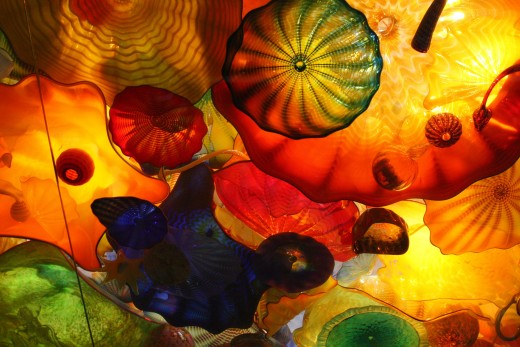
What about you? Take this poll
What type of camera do you prefer?
Take time to learn your camera!
The learning curve for digital SLRs is even steeper than it was for manuals. The reason is that the camera bodies are like little computers – you can program the camera to produce some amazing special effects, and you can adjust the settings for a wide variety of situations, such as sports, indoor (tungsten or fluorescent) and other variables. You can also do this with most late-model fixed-lens digitals, but the settings are generally simpler to use.
If a tutorial DVD comes with your camera kit, be sure to view it, and then view it again and again! Every time you use the camera, you will learn things, but you’ll also find new questions to research. Photograph is just like writing or any other skill, all you need is practice.
You’ll be relieved to know that almost every lens you can buy these days will have autofocus capability. You can turn off that feature if you want to go all-manual, but it’s a nice option to have while you’re still learning the intricacies of the body.
Don’t be afraid of your camera! I remember treating my first dSLR so gingerly at first! I was scared to death of it, and afraid I would bump it or drop it. Well, you may indeed drop it (I hope not, but it does happen). These cameras do have sensitive electronics inside, but they’re designed to be sturdy and hold up to heavy use. Just use common sense, and don’t knock it off a high building or something, and you should be fine.
I hope you enjoy your dSLR as much as I am enjoying mine. Digital SLR cameras have reawakened my love of photography. I still have a few of the smaller, point and click cameras around, and I love them, but when I want to stretch my artistic wings, or get truly beautiful photos, I prefer to use a Digital SLR. As I have said above, I am a happy Canon user, and others I know are devoted to Nikon - both are top brands, and there are other popular makes as well. I'm sure you'll find one that meets your budget and your needs.
© 2012 Marcy Goodfleisch


